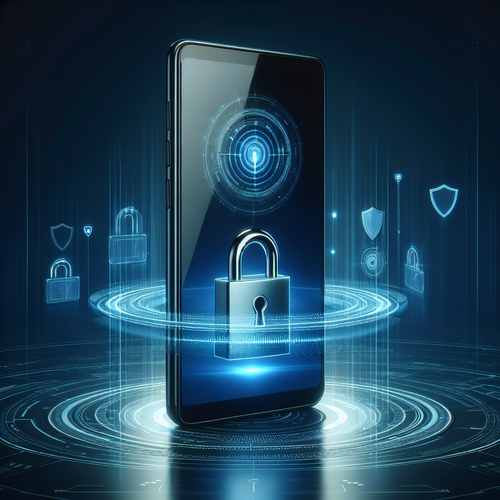
Launch of Secure Enterprise Smartphone with End-to-End Encryption
Launch of Secure Enterprise Smartphone with End-to-End Encryption
The technological landscape is changing rapidly, and as privacy concerns grow, the demand for secure communication methods increases. The recent launch of a new secure enterprise smartphone promises to meet this demand by offering robust end-to-end encryption features. This tutorial will explore the key aspects of this innovative device, its benefits in enhancing corporate security, and essential steps for setting up and using it effectively.
Prerequisites
- A company-provided secure smartphone
- A secure Wi-Fi connection or mobile data
- Basic knowledge of smartphone usage
1. Understanding End-to-End Encryption
End-to-end encryption (E2EE) is a method of securing data sent over a communication channel, ensuring that only the sender and the intended recipient can access the content. This means that even if data is intercepted during transmission, it remains unreadable without the proper decryption keys.
2. Features of the Secure Enterprise Smartphone
This smartphone is equipped with a variety of features aimed at ensuring security and privacy, including:
- High-Performance Encryption: Utilizes advanced encryption protocols that protect data both at rest and in transit.
- Secure Messaging Apps: Pre-installed applications designed for secure communication.
- Enhanced Security Protocols: Automatically updates its security features to protect against new threats.
- Privacy-Focused Design: Limited data tracking features and user-control over data sharing.
- Remote Wipe Capability: Allows administrators to remotely erase data in case the device is lost or stolen.
3. Setting Up Your Secure Smartphone
Follow these steps to set up your secure enterprise smartphone:
- Initial Setup: Turn on your device and follow the on-screen prompts to select your language and connect to Wi-Fi.
- Install Security Updates: After connecting, check for any available software updates immediately to enhance security.
- Set Up Strong Passwords: Create a strong password or PIN to secure your device lock screen.
- Configure Encryption Settings: Go to the security settings and ensure full disk encryption is enabled.
- Install Necessary Apps: Download the recommended secure messaging and collaboration apps if not pre-installed.
- Backup Data Securely: Utilize secure cloud services or local encrypted storage solutions to back up your data.
4. Using Your Secure Smartphone
To maximize the benefits of your secure enterprise smartphone, consider the following best practices:
- Regularly Update Apps: Ensure that all applications, especially security-related ones, are up-to-date.
- Be Aware of Phishing Attempts: Always verify the identity of unknown contacts before sharing sensitive information.
- Use Encrypted Messaging: Communicate using pre-installed secure messaging apps whenever possible.
- Enable Two-Factor Authentication: For an added layer of security on all your accounts related to the device.
- Monitor Device Activity: Regularly check device logs for any unauthorized access attempts.
Troubleshooting Common Issues
- Can’t Connect to Secure Wi-Fi: Ensure your password is correct, and try restarting your device if issues persist.
- App Crashes: Update the app or reinstall it if crashes occur frequently.
- Slow Performance: Clear cache and data, or uninstall unused applications to free up resources.
5. Summary Checklist
- Ensure device is updated and encrypted.
- Use strong, unique passwords.
- Only use official apps for communication.
- Regularly review security settings and permissions.
- Conduct security training for teams to enhance awareness.
The launch of this secure enterprise smartphone is a significant step towards enhancing corporate security and safeguarding sensitive information. By following the steps outlined and adhering to best practices, organizations can leverage this new technology to protect their digital communications effectively. For more insights on data security, check out our post on installing Traefik Proxy which further emphasizes the importance of robust security infrastructure.














